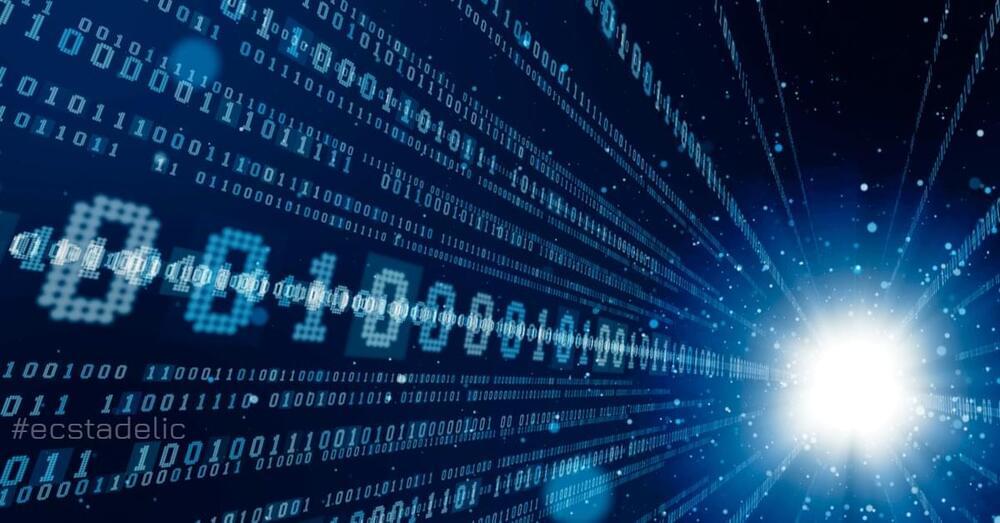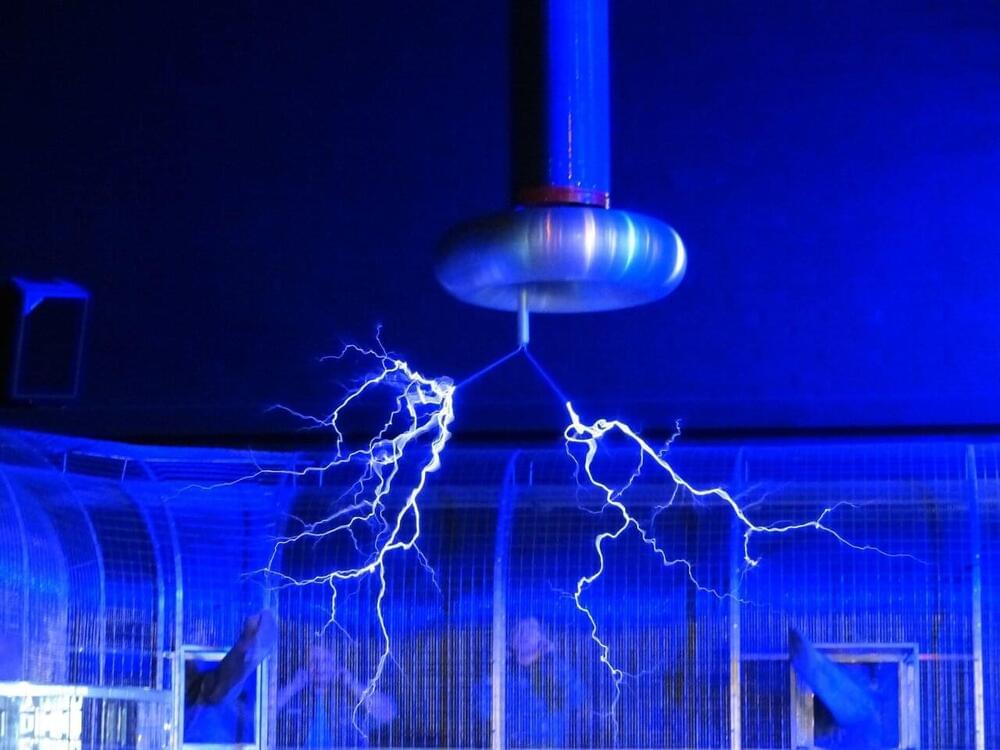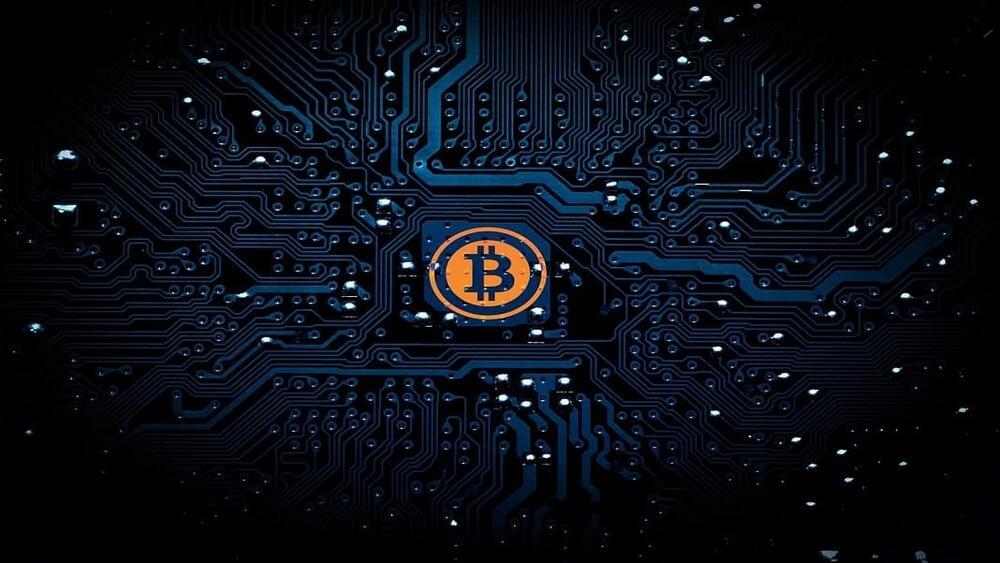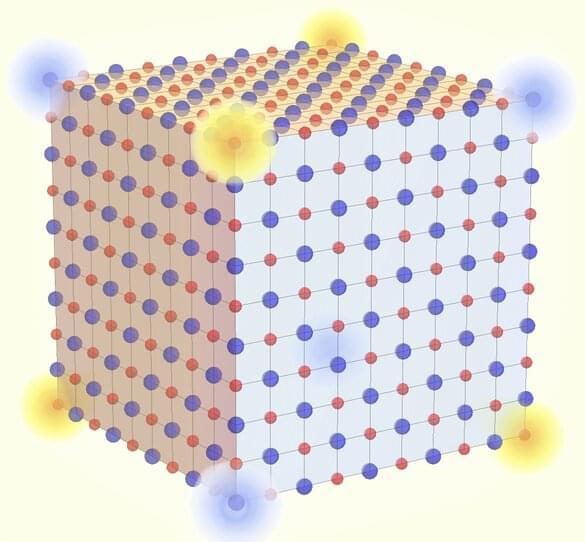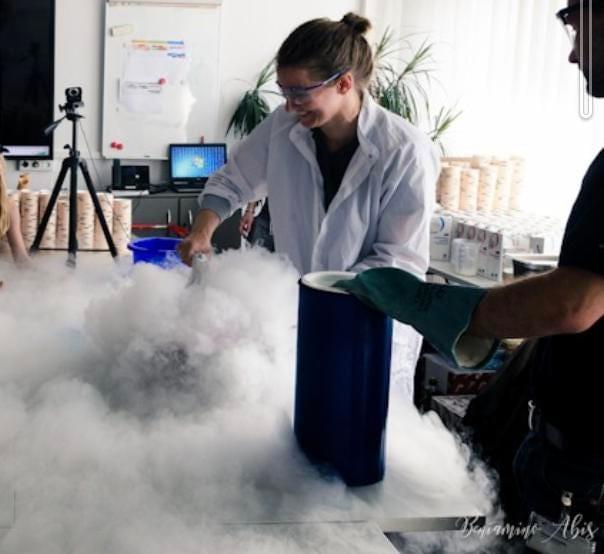Feb 4, 2022
The Omega Singularity: The Cosmological Projector of All Possible Timelines
Posted by Alex Vikoulov in categories: computing, cosmology, mathematics, neuroscience, quantum physics, singularity
E verything is Code. Immersive [self-]simulacra. We all are waves on the surface of eternal ocean of pure, vibrant consciousness in motion, self-referential creative divine force expressing oneself in an exhaustible variety of forms and patterns throughout the multiverse of universes. “I am” the Alpha, Theta & Omega – the ultimate self-causation, self-reflection and self-manifestation instantiated by mathematical codes and projective fractal geometry.
In my new volume of The Cybernetic Theory of Mind series – The Omega Singularity: Universal Mind & The Fractal Multiverse – we discuss a number of perspectives on quantum cosmology, computational physics, theosophy and eschatology. How could dimensionality be transcended yet again? What is the fractal multiverse? Is our universe a “metaverse” in a universe up? What is the ultimate destiny of our universe? Why does it matter to us? What is the Omega Singularity?
